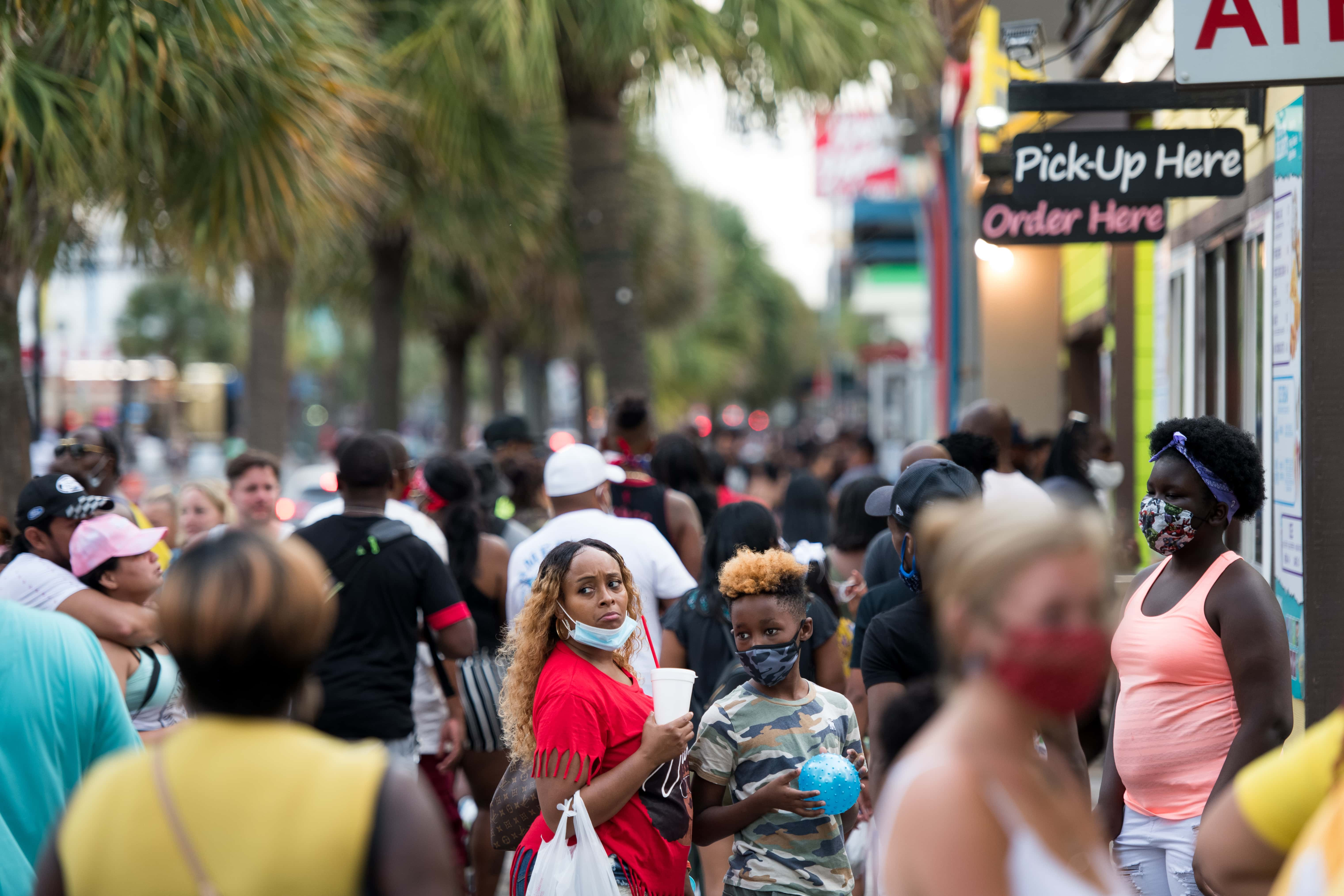What is Labor Day? How Australian stonemasons inspired global movement three decades before Haymarket massacre

The International Workers Day is observed on May 1 (also May Day) to commemorate the Haymarket massacre that took place in Chicago on May 4, 1886. Socialists and Communists of the Second International chose the day after the aftermath of a bombing that took place at a labor demonstration at Chicago’s Haymarket Square. What started as a peaceful rally in support of workers for an eight-hour work day following the police brutality that killed one and injured many, an unknown person hurled a bomb at law-keepers as they tried to disperse the meeting. The subsequent blast and gunfire resulted in deaths of seven police officers and at least four civilians. Dozens were also injured. Eight radical labor activists were convicted in connection with the bombing despite lack of evidence. In the history of the world labor movement, the Haymarket affair is generally regarded as the origin of International Workers’ Day.
But there is some history related to the labor movement preceding the Haymarket riot. In Melbourne, Australia, a monument stands tall to commemorate the 8 Hours Movement which was initiated there in 1856, even three decades before the Haymarket incident. The monument was originally unveiled in Spring Street in 1903 and 21 years later, it was removed to Russell and Victoria streets and unveiled for the second time.
RELATED ARTICLES
Melania Trump blasted for Labor Day tweet lauding American workforce: 'Exactly what kind of work were you doing?'
Labor Day weekend celebrations could lead to spike in Covid-19 infections, top US experts urge caution
The background
Australia became a top attraction for skilled tradesmen in the 1850s after gold was discovered there in large quantities. Some of the immigrants had also been active in the Chartist movement (a working-class male suffrage movement seeking political reform in Britain between 1838 and 1857) in Britain and subsequently became prominent in the movement for better working conditions in Australian colonies. Workers started getting an eight-hour day in various companies. In Sydney, the Stonemasons’ Society served an ultimatum to the employees in August 1855 saying that the masons would work for only eight hours in a day after six months.
Because of the rise in population caused by the gold rush, the demand for construction of new buildings rose and that made skilled laborers necessary. The stonemasons working on the Holy Trinity Church and the Mariners’ Church went on strike and secured the eight-hour day. They celebrated with a victory dinner on October 1, 1855, and that day continues to be celebrated as Labor Day in the province of New South Wales. When the ultimatum of six months ended in February 1856, the stonemasons started agitating for reduction of work hours and even though the employers were reluctant, a two-week strike on the construction of Tooth’s Brewery on Parramatta Road, Sydney, helped the stonemasons to achieve what they were looking for. In March 1856, their demand for an eight-hour working day was met.

Along with Sydney, agitation took place in Melbourne
In Melbourne, too, agitation occurred and it was the craft unions who conducted it there. Stonemasons who worked for the construction of the Old Quadrangle Building, the original site of Melbourne University, put down their tools and organized a march to the Parliament House with other people engaged in building activities on April 21, 1856. The movement was led by veteran Chartists and masons James Stephens, James Galloway and others and they made the government agree that workers employed on public works should get an eight-hour day with no pay cut.
During the march (Carlton Gardens to the Cremorne Gardens in Richmond), the participants carried banners that held the symbol of three 8s. The intertwined numbers '888' spoke about the ideal that the workers were fighting for: “8 Hours Work, 8 Hours Recreation, 8 Hours Rest”. The slogan was coined as early as 1817 by Robert Owen, an English Socialist, and it would later be displayed on many of Australia’s union buildings. The stonemasons subsequently celebrated with a holiday and a procession on May 12, 1856, in which around 700 people took part.
By 1858, the eight-hour day practice was firmly put in place in the construction industry and by 1860, the eight-hour day was widely worked in the province of Victoria. From 1879, the eight-hour day became a public holiday in Victoria and its success led to the organization of a movement to actively spread the idea of having eight hours of working a day. The last procession to observe the occasion was conducted in 1951.
Melbourne preceded labor movements in US, Europe
Though May Day is mostly associated with the Haymarket riot, the movement that took place in Australia 30 years before is no less significant in influencing labor movements around the world. While workers in the US didn’t start a serious fight for an eight-hour day till 1886, those in Europe started striving for an eight-hour day around the time of the Russian Revolution in 1917 when European capitalism came under threat from socialism. While the success of the Melbourne labor movement made it special for history’s record-keepers but in neighboring New Zealand, a carpenter named Samuel Parnell was the first to implement an eight-hour day in 1840. As the country’s only carpenter, he had once refused to work for more than eight hours, and soon other migrant workers to the country also started following him.
But Melbourne’s eight-hour movement is considered important for it to lay the wider foundation of a working-class movement in Victoria and underpinned for a long time to come.










